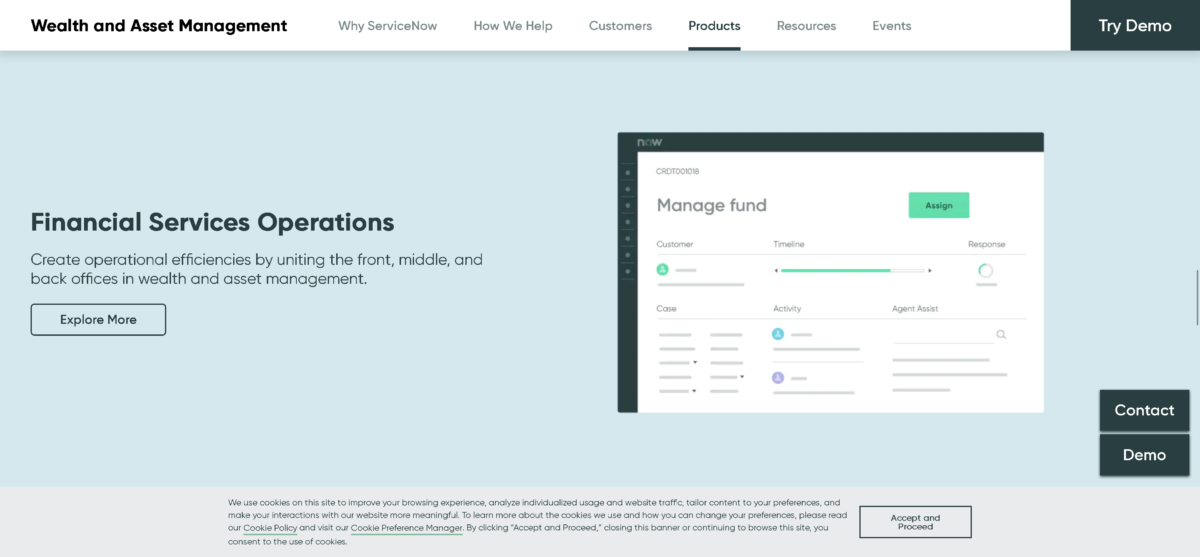Connected Vehicles: IoT on Wheels
As vehicles become the hottest “thing” in IoT, the automotive, heavy equipment, and machinery industries face some of the most significant opportunities in decades.
I’ve previously explored some connected car use cases and the opportunities and challenges that need to be considered when developing a monetization strategy.
Specifically in Part 1, I covered the four main business offering categories: 1) Transportation as a Service; 2) Post-Sale/Lease Secondary Services; 3) Road Use Measurement Services; and 4) Secondary Data Stream Monetization.
Here, in Part 2, I offer further guidelines, best practices, and guardrails to maximize commercial success of major players in this technology marketplace.
Who are the main players?

So who are they? There are many systems and vendors that belong in the back-office stack and are required to make a connected car initiative successful. The following represents lead players who are already on the front line, offering monetized connected car services of all types to a growing market.
- Original Equipment Manufacturers (OEMs) – The actual makers of vehicles themselves stand front and center in the connected car world, arguably better positioned than anyone to realize secondary monetization potential from a captive audience with high propensity for brand loyalty. Examples include household names: General Motors, Audi, BMW, Subaru, Caterpillar, and Komatsu, and John Deere.
- Third-Party Device Manufacturers – These devices often connect to vehicle systems using the existing capabilities of On-Board Diagnostic (OBD) ports, which have been mandated since 1996. Along with the connectivity offered by WiFi, cellular networks and Bluetooth, this group includes entities offering everything from aftermarket telematics devices to personalization and safety systems like Verizon Hum, and mobile phones themselves. Ubiquitous mobility providers Google and Apple loom heavily within this broad group of players determining how exactly to stake their ground.
- Third-Party Service Providers – Included here is any service provider that is largely agnostic to a car or the device’s manufacturer. Insurance and maintenance providers are perhaps the most well-known members of this group. However, the broadest definition of this category also includes any service not directly offered by OEMs or third-party devices themselves: the popular Waze mapping app and the fleet management service offered by companies like WEX are two examples.
Where are the opportunities and challenges?
Below are some high-level challenges and opportunities, with some real-life examples:
OEMs Monetizing Transportation as a Service
- Opportunities – Viable opportunities differ depending on the exact OEM and the exact TaaS model. For example, luxury brands such as Audi, BMW, and Bentley are best positioned to offer services which benefit from brand affinity and prestige. OEMs with a broader install base and lower ASPs are better positioned to benefit from models like group, and peer-to-peer sharing models (e.g. the “airport sharing” component of Ford’s new Ford Pass offering).
- Challenges – Existing system infrastructure for selling/leasing cars was designed for no more than two names on a title or lease and must be dramatically enhanced or replaced. Managing vehicle inventory for subscription or on-demand access requires fleet management strategies and systems that must be tightly tailored to individual marketplaces, in terms of geography, demographics, and days/times. Effective and comprehensive fleet management direct to consumers, perfected by entities like Zipcar, remain elusive to OEMs entering the game, and will require a significant amount of trial-and-error — potentially resulting in the disintermediation of the entrenched dealer networks.
Aftermarket Device Manufacturers Monetizing Secondary On-Board Services
- Opportunities – Most cars on the road now (and for a few years to come) do not benefit from OEM-provided connected services, but are being driven by consumers who will demand them nonetheless in what can be called a ‘retrofit’ model. Due to both the long lifespan of vehicles and the extensive amount of time it takes any OEM to go from concept to production, the aftermarket is inherently positioned to be far more agile and much faster to market. Aftermarket devices are far more natively bound to drivers than to vehicles, so the services can move from one car to another as desired.
- Challenges – OEMs are natively positioned to deliver these offerings at point of initial sale/lease, even to the point of treating them as ‘loss leaders’ and effectively giving them away in order to incent the vehicle purchase itself, or to make money solely on the accompanying service subscription that enables their ‘embedded’ devices, whereas aftermarket devices require stickiness to encourage an additional purchase and/or relationship on the part of the customer above and beyond what they are already paying for the vehicle.
Third-Party Service Providers Monetizing Road Use Measurement Services
- Opportunities – Insurance Companies are already leveraging the available data streams from embedded OBD systems to provide usage-based insurance to infrequent drivers (potentially opening up a new market segment), or to reward safe drivers with additional discounts on their premiums. Government entities, suffering from declining fuel tax revenues due to more efficient (and non-fuel-consuming electric) vehicles are looking to compensate with direct taxation models based on actual public road use, using data streams from embedded or ‘add-on’ telematics devices (e.g. the trial ‘OReGO’ program underway in Oregon). Unlike many other on-board services which require an ‘always connected’ or ‘almost always connected’ state in order to work properly, most Road Use Measurement Services work with just intermittent connectivity by using a data ‘store-and-forward’ model, thus removing the cost of and dependency on cellular or satellite network providers.
- Challenges – Effective market penetration will likely require ‘device agnosticism’, which will in turn require sophisticated data stream management platforms capable of organizing and transforming data from myriad sources and formats. Third-party device manufacturers may opt to offer their own (i.e. proprietary) accompanying secondary services, which may supplant the possibility of a vibrant ‘open’ market in which device-agnostic service providers can play.
OEMs Monetizing Secondary Data Streams

- Opportunities – The sensors on vehicles can produce data streams that the OEM may choose not to share with third parties. This data may be used to provide ongoing revenue streams to dealers. On a granular level, this data can be used to build driver profiles, which in turn can drive individualized direct marketing efforts for available add-on services, or the suggested purchase of a more suitable next vehicle when the time comes. On an aggregate level, this data can be sold to third parties for subsequent commercial or informational purposes.
- Challenges – OEMs tend to possess neither the mindset nor the infrastructure required to think and act like purveyors of data, as they are historically purveyors of steel. Consumers are ever more wary of implicit data collection, from a privacy standpoint and a security standpoint.
Regardless of the kind of business or the offerings, all the players are working to create new revenue streams from connected services and monetizing alternatives that are tied to the customer rather than traditional purchasing and leasing streams that are tied to the product. The winners will be the ones that provide the best customer experience.
The road to success has its share of potholes. The biggest ones have little to do with the technology itself but constructing a viable business model (along with processes and supporting technologies) where monetization and recurring revenue streams are profitable.
While we aren’t sure whether the next big buck will come from – inside the vehicle or outside of it – we are clear that the IoT is igniting new and more revenue tracks for the automotive industry. The themes and scenarios offered, which are nearly universally applicable across all potential connected car go-to-market efforts, can help the category on their journey towards IoT nirvana.
By Tom Dibble







